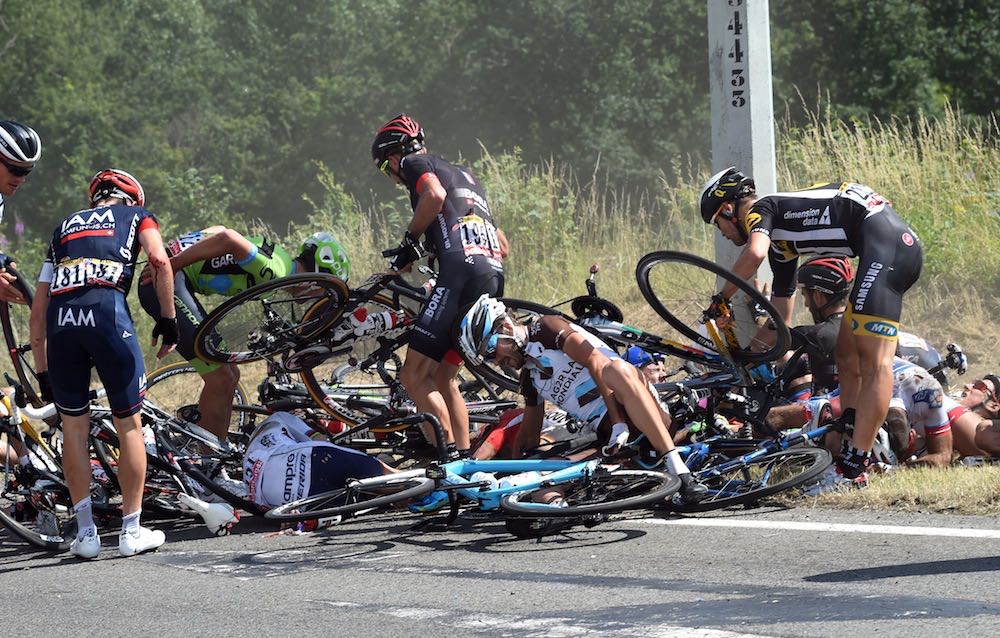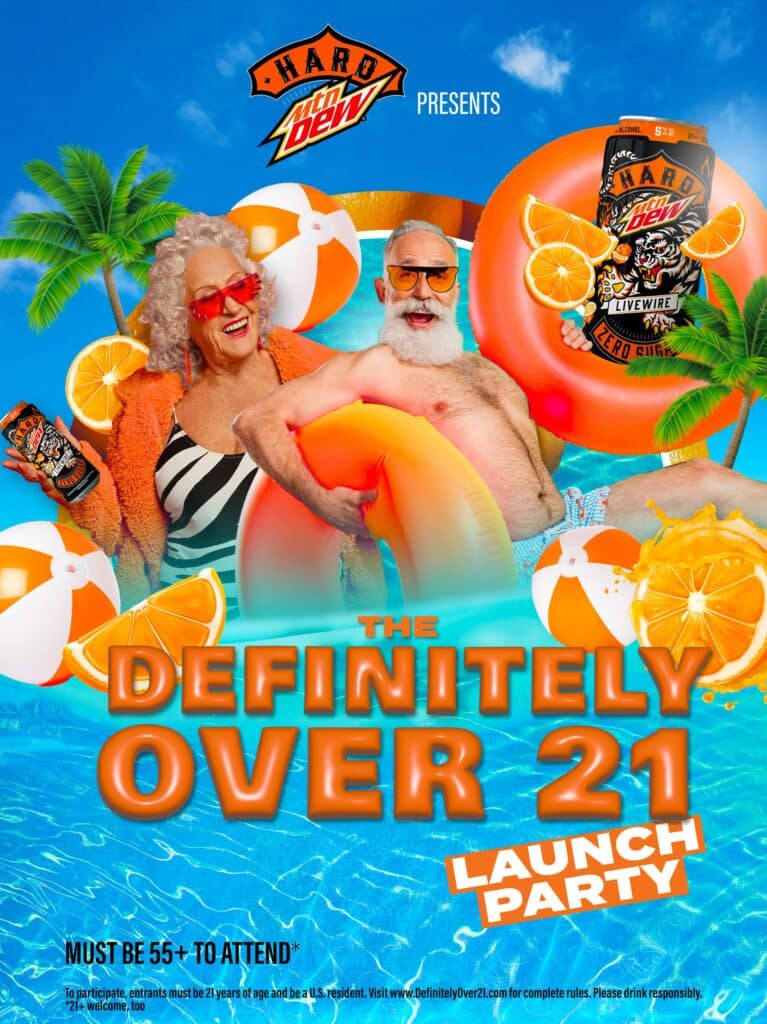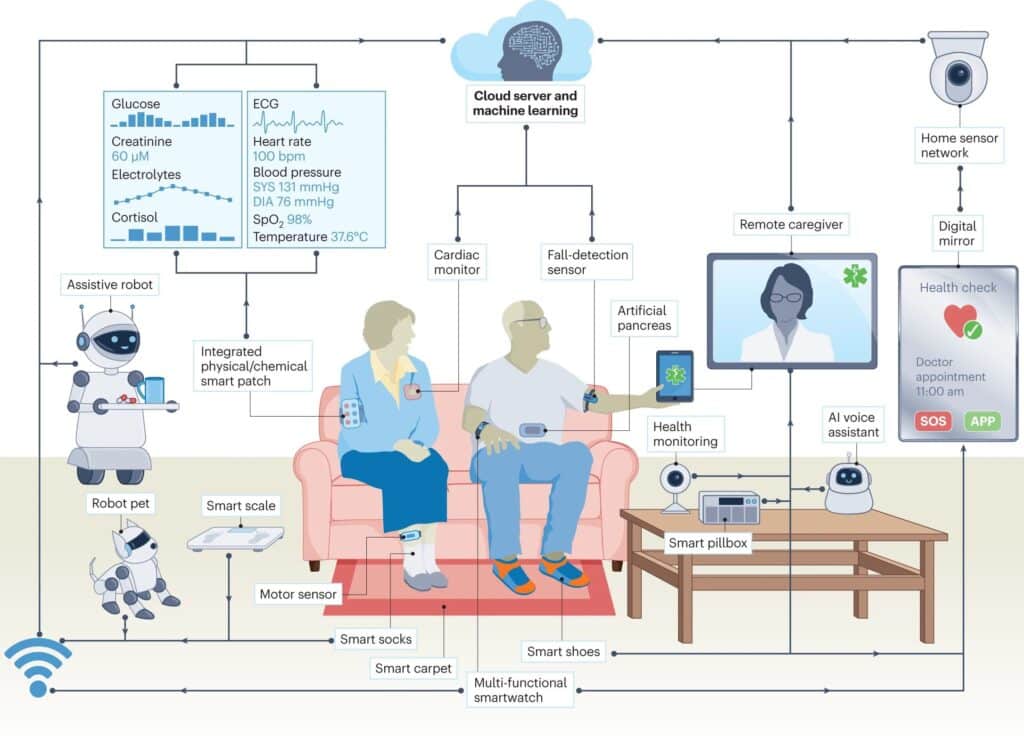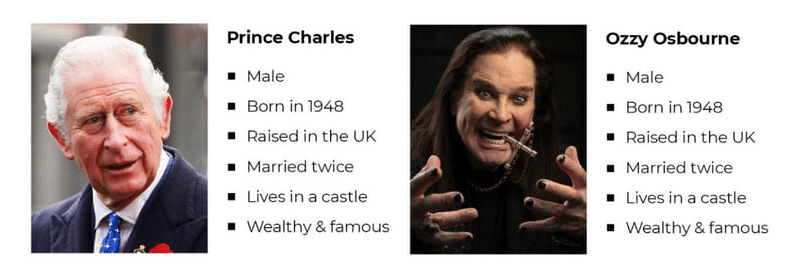America’s population is aging.
The United States Census Bureau in June of 2020 had the following to say on the shift in our demographics:
“The first Baby Boomers reached 65 years old in 2011,” said Dr. Luke Rogers, chief of the Census Bureau’s Population Estimates Branch. “Since then, there’s been a rapid increase in the size of the 65-and-older population, which grew by over a third since 2010. No other age group saw such a fast increase. In fact, the under-18 population was smaller in 2019 than it was in 2010, in part due to lower fertility in the United States.”
But it’s not just that people are getting older. People are staying healthy longer, which means that the story of being an older adult is changing.
We can’t assume that everyone over the age of 65 is spending their days traveling the world or playing with their grandkids. (Not that this was true before, but it was a common narrative.)
As more medtech companies move to DTC marketing, our messaging runs the risk of falling into clichés that do not actually appeal to anyone.
Before we dig into the modern view of older adults and the technology that enables them, let me share a quick story on cycling.
I promise it relates to what we’re talking about here, so bear with me.
Struggling to Ride with Cyclists Who Are 30 Years Older than Me
Last year, I moved from Louisiana to Tennessee, and I started cycling in a fairly rural community. I’ve ridden pretty regularly for the past fifteen years, but riding in a hilly area presented some new challenges.
One day, my wife let me know about a cycling group she found on Facebook and recommended I check out their ride schedule. Finding a “beginner-friendly” ride, I joined up.
I’ve done very little organized riding, so I was a bit nervous about riding with a group. I kept envisioning being the one to cause some horrible pile-up like you see on TV.

Conquering my fear, I set out for the nearby park to meet up with two guys with gray handlebar mustaches. I kid you not. It was like I’d been dropped into a vintage bike riding movie with French gentlemen, except the actors playing the parts had subtle Tennessee accents.
Unsure of whether the facial hair was a requirement of joining the group, I slowly pedaled behind the two of them.
Thankfully, I managed not to run into anyone, and I didn’t fall too far behind. I was excited about the experience and came back the following week and several after that.
Age-Defying Feats
During one of our rides, Joe, one of the cyclists, said, “Guess how old I am.”
I knew he was retired since he had mentioned it before, so I hazarded “67” as a possible age.
“73,” he proudly replied.
Maybe it was 72 or 73. I don’t remember. I was so floored by the fact that I was having trouble keeping up with someone thirty years older than me.
Later, I started joining up with other weekly rides. I met another man who decided to celebrate his 80th birthday by riding his bike up the closest mountain here in Middle Tennessee. He’d ridden it several times before, so he was going to ride it again and get ice cream at the top with his grandkids. (They didn’t choose to ride the mountain. They just showed up for the treats.)
I chickened out of another ride where a guy wanted to celebrate his 74th birthday by having a 74-mile group ride.
I eventually completed some of these challenging rides, but I am certainly staying humble as I learn to ride with these groups. The experience has motivated me to set serious goals for fitness and mobility in my seventies and eighties.
Getting Rid of My Assumptions
I had some seriously misinformed ideas of what it looked like to be an active 74-year-old. None of the previous folks I knew that were remotely close to that age behaved in the same way, so I just didn’t think it was possible.
Also, as I’m getting the chance to ride with these different folks, I’m getting the chance to hear more about what’s going on in their lives.
One guy had gone back to his engineering job a few different times even after he had retired for “one more” big project. And even though the job is done, he’s hardly idle.
My limited sample of adults in their 70s reinforces what we’re seeing on a larger stage: aging looks different than it did in the past.
Different Lifestyles Demand Different Messaging
If people are staying more active, then we have to rid ourselves of the typical retirement home imagery of people putting together puzzles or playing croquet on the lawn.
Some brands are already hopping on this idea.
Mountain Dew recently hosted a “Definitely Over 21” launch party at a retirement community this past spring to celebrate the launch of their Hard Mountain Dew beverage.
If you use AARP’s definition of adults aged 50+ as older adults (wow, that’s coming up relatively soon for me), then the older adult demographic is the one with the most expendable income. Why target the 20-something crowd when you can go after the ones who can more readily afford your drink?

Mountain Dew isn’t the only brand to think this way. Digiday recently reported on a rise in brands specifically requesting older influencers—and not just for the sake of advertising healthcare and reverse mortgages. While the general thought is that older influencers will impact older audiences, advertising groups are looking to see how these same influencers will impact audiences regardless of their generation.
Delayed Retirement Means a New Kind of Consumer
While “influencer” may not be the leading job description for any age group, older adults are working longer in a variety of ways. Whether they are staying in their jobs or creating new part-time positions, some continue to work for financial reasons or because they find purpose in their work.
Brian Clark, of Longevity Gains (highly recommended for this topic), concludes
“When older people keep working, participating, and contributing, they keep spending. Entirely new categories of products and services will be in demand. Beyond that, older adults will continue spending on just about everything else rather than becoming fixed-income citizens who live in constant fear of the next stock market crash.”
Empowering Older Adults
If people want to be active for longer, then medtech companies need to be sensitive about how they position their products and services. For instance, we’re not necessarily talking about different types of technology “to enjoy your golden years.”
We need to think about enabling people to be successful at work, to be active athletes, and be a vibrant part of the economy. I’d encourage all medtech companies to think of how your products empower the older adult population rather than positioning the product to “keep people healthy.”
That said, we have to keep in mind the diversity of our audience.
And Yet, Some of What We Know Still Remains
As excited and intrigued as I am that adults aged 50+ are changing, we must still acknowledge that adults of all ages do face health crises.
Part of the reason that the United States is frequently having this conversation is that our population makeup is shifting. We have a vibrant community of older adults, and we have those who are in need of ongoing healthcare.
One of the major goals for providing care for older adults is to allow people to age in place—meaning, keep people home and in their regular routine as much as possible instead of forcing them to go to an assisted living facility or to the hospital.
Visions of the future are optimistic. For example, check out this view of what is possible in the realm of digital health. Not all of this is currently available, but it’s on its way.

From smart socks to assistive robots to digital mirrors, everything in a smart home has the potential to be upgraded to help administer ongoing care.
There is certainly a significant cost factor involved with innovative technology, so we can’t expect all this to magically appear in everyone’s homes.
That said, the authors of the article “Digital health for aging populations,” published in Nature Medicine, indicate how companies are developing additional tools focused on passive data collection, whether wearable or not. The goal here is that this process of gathering the needed information happens in the background without having to interrupt people’s routines.
Ideally, this passive collection will grant the benefits of expert care without the need for the patient to be a technical wizard.
Caregiving Is Real and Difficult
My wife and I have not directly experienced the process of caregiving for an older adult yet, though we’ve seen our parents go through the struggles of caring for their parents.
The experience could have been less difficult (not necessarily “easier”) had they been able to use some of these coming innovations. Still, caregiving is a tough road, and we can’t overlook or minimize that in our marketing message.
Ongoing health issues create a significant burden for older adults and their caregivers.
Segmentation and Empathy
As with any other age group, we cannot put an entire population of people into a box.
You’ve likely seen some variation of this image on LinkedIn, but the comparison of King Charles and Ozzy Osbourne is quite relevant. Yes, demographically, they’re the same, but they clearly have different pursuits and circumstances in their lives. (Side note: according to The New York Post, they’re “actually quite chummy.” This may be the only time I ever get to link to The New York Post on this site, so I had to take the opportunity.)

Some older adults are ready to work, to vacation, to ride their bikes, and to spend time with family. Some have health needs that will not allow them those same luxuries.
We must provide opportunities for our brands to interact with these varying audiences and speak according to their needs.
Our companies can empower. We can be sensitive. We can celebrate diversity across an age bracket.
This is how we can connect with the people we wish to serve.
Michael spends a great deal of time with the healthcare industry both professionally and personally, which gives him the perspective of what stakeholders on either side of the care equation need.
He began coding in 2008 and subsequently shifted his attention entirely to online marketing. Michael completed his MBA in 2018, focusing on the intersection of healthcare and marketing.


